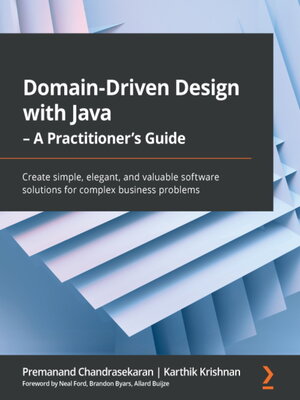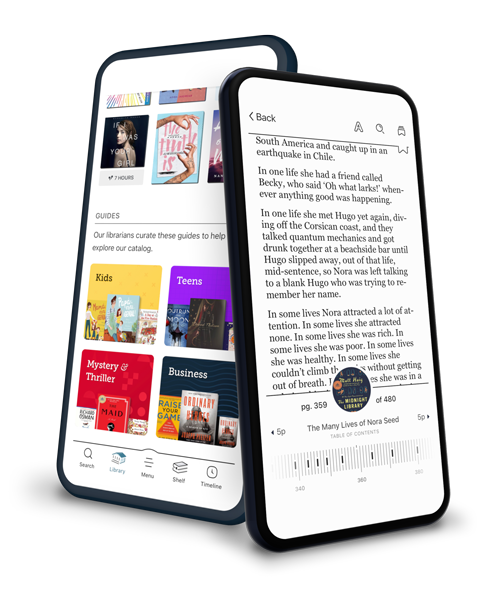
Domain-Driven Design with Java--A Practitioner's Guide
ebook ∣ Create simple, elegant, and valuable software solutions for complex business problems
By Premanand Chandrasekaran

Sign up to save your library
With an OverDrive account, you can save your favorite libraries for at-a-glance information about availability. Find out more about OverDrive accounts.
Find this title in Libby, the library reading app by OverDrive.



Search for a digital library with this title
Title found at these libraries:
| Loading... |
Adopt a practical and modern approach to architecting and implementing DDD-inspired solutions to transform abstract business ideas into working software across the entire spectrum of the software development life cycle
Key FeaturesDomain-Driven Design (DDD) makes available a set of techniques and patterns that enable domain experts, architects, and developers to work together to decompose complex business problems into a set of well-factored, collaborating, and loosely coupled subsystems.
This practical guide will help you as a developer and architect to put your knowledge to work in order to create elegant software designs that are enjoyable to work with and easy to reason about. You'll begin with an introduction to the concepts of domain-driven design and discover various ways to apply them in real-world scenarios. You'll also appreciate how DDD is extremely relevant when creating cloud native solutions that employ modern techniques such as event-driven microservices and fine-grained architectures. As you advance through the chapters, you'll get acquainted with core DDD's strategic design concepts such as the ubiquitous language, context maps, bounded contexts, and tactical design elements like aggregates and domain models and events. You'll understand how to apply modern, lightweight modeling techniques such as business value canvas, Wardley mapping, domain storytelling, and event storming, while also learning how to test-drive the system to create solutions that exhibit high degrees of internal quality.
By the end of this software design book, you'll be able to architect, design, and implement robust, resilient, and performant distributed software solutions.
What you will learnThis book is for intermediate Java programmers looking to upgrade their software engineering skills and adopt a collaborative and structured approach to designing complex software systems. Specifically, the book will assist senior developers and hands-on architects to gain a deeper understanding of domain-driven design and implement it in their organization. Familiarity with DDD techniques is not a prerequisite; however, working knowledge of Java is expected.






